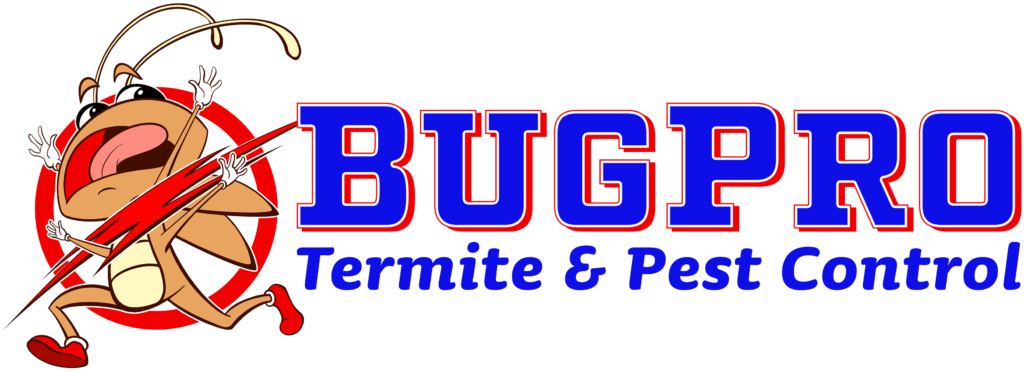
El Niño and La Niña are significant climate phenomena that cause considerable fluctuations in weather patterns across the globe. These changes in weather can have a direct impact on the populations and behaviors of insects, including bugs and termites. Understanding how these climate events influence pests can help homeowners and pest control professionals better prepare for potential infestations.
What Are El Niño and La Niña?
– El Niño: This phenomenon is characterized by the warming of sea surface temperatures in the central and eastern Pacific Ocean. It typically leads to warmer and wetter weather conditions in some regions and droughts in others.
– La Niña: On the opposite end, La Niña involves the cooling of sea surface temperatures in the same regions. This often results in cooler and drier conditions in areas that are warmer during El Niño, and wetter conditions in areas that experience drought during El Niño.
How Do El Niño and La Niña Affect Weather?
– El Niño: Results in increased rainfall and warmer temperatures in regions like the southern United States and parts of South America. Conversely, it causes drier conditions in Australia, Indonesia, and parts of Southeast Asia.
– La Niña: Often brings colder and wetter conditions to the northwestern United States and drier, warmer weather to the southeastern United States.
Impact on Bugs and Termites
Climate fluctuations caused by El Niño and La Niña can have several impacts on pests, particularly bugs and termites. These can manifest through changes in population dynamics, breeding cycles, and behaviors.
Effects of El Niño
– Increased Rainfall and Humidity:
– Termites: Excess moisture is a boon for subterranean termites, which thrive in damp, humid environments. Increased rainfall can lead to higher subterranean termite activity as their colonies expand and they seek out new food sources.
– Mosquitoes: Standing water from increased rainfall provides ideal breeding grounds for mosquitoes. As a result, mosquito populations often surge, increasing the risk of mosquito-borne diseases.
– Ants and Cockroaches: Other moisture-loving pests like ants and cockroaches may also see population increases, as moist conditions and abundant food sources become more available.
– Warmer Temperatures:
– Extended Breeding Seasons: Warmer temperatures can extend the breeding season for many insects, leading to larger populations. This can particularly impact species like flies and spiders, which reproduce rapidly.
– Enhanced Metabolism: Higher temperatures can enhance the metabolism of insects, leading them to feed more and potentially cause more damage in a shorter time.
Effects of La Niña
– Drier Conditions:
– Termites: Drywood termites, which do not require contact with soil moisture, may become more active during drier periods. Homeowners may notice more drywood termite swarms as these termites seek new locations to establish colonies.
– Reduced Moisture: Subterranean termites may become less active in extremely dry conditions. However, they may seek out artificially moist environments, such as leaky pipes or irrigation systems, to establish new colonies.
– Cooler Temperatures:
– Insect Activity Reduction: Cooler temperatures can slow down the metabolism and reproduction rates of many insects. This can temporarily reduce infestations of pests like flies, mosquitoes, and ants.
– Migration and Shelter Seeking: Insects may migrate to warmer areas or seek indoor shelter to escape the cold. This behavior can lead to increased household infestations as pests move indoors.
Adaptive Behaviors of Pests
– Migration: Insects are highly adaptable and often migrate to more favorable conditions when faced with extreme weather.
– Overwintering: Some insects, like certain beetles and cockroaches, enter a state of dormancy or reduced activity to survive cooler temperatures.
– Increased Indoor Activity: As outdoor conditions become unfavorable, many pests may seek refuge indoors, leading to higher encounters within homes and buildings.
Preventive Measures and Control
– Regular Inspections: Conduct regular inspections of your home and property, especially during seasons of higher pest activity. Look for signs of moisture buildup, possible entry points, and early indicators of infestations.
– Moisture Control: Address sources of excess moisture, such as leaky pipes, clogged gutters, and poor drainage. Use dehumidifiers in areas with high humidity to reduce conditions conducive to pests.
– Seal Entry Points: Seal cracks and gaps in your home’s foundation, walls, and roof to prevent pests from entering. Install weatherstripping around windows and doors.
– Proper Waste Management: Keep garbage bins sealed and dispose of waste regularly to reduce food sources for pests. Store food in airtight containers.
– Outdoor Maintenance: Trim vegetation away from your home, maintain your lawn, and store firewood off the ground and away from your house.
– Professional Pest Control: Engage professional pest control services for regular inspections, preventive treatments, and effective management of infestations.
El Niño and La Niña are powerful climate events that can significantly alter weather patterns and subsequently impact pest populations and behaviors. By understanding these impacts and taking proactive measures, homeowners can better protect their properties from potential infestations. Regular inspections, moisture control, sealing entry points, and professional pest control services are essential strategies in managing pest activity during these fluctuating weather conditions.